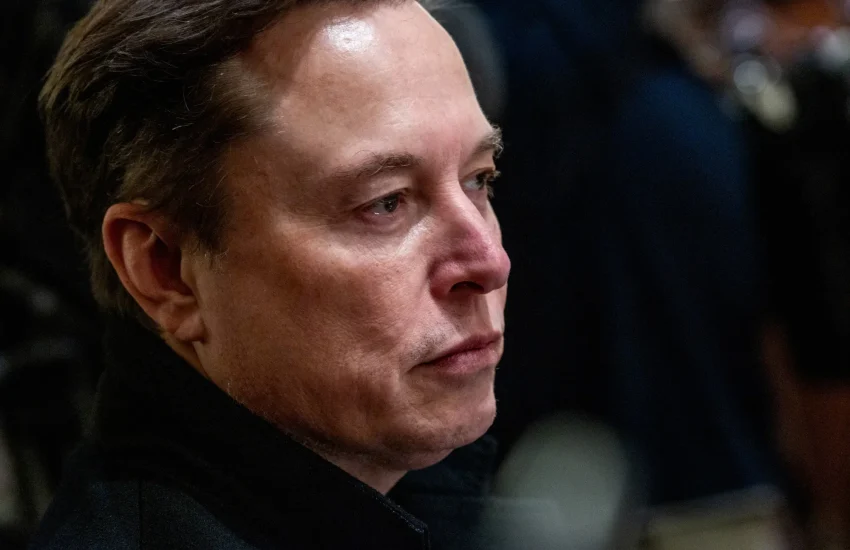
It was never about the man; it was about the conditions. The environment that incubated Donald Trump – a convergence of scandals, media hysteria, and backlash politics—was structural, predictable, and years in the making. In a way, Trump’s rise was not a rupture in American political life but an inevitability.
By the time he descended the golden escalator in 2015, the American right had already been transformed. What was once a party of suits and sermons had been steadily re-engineered by decades of grievance politics, deregulated media ecosystems, and plutocratic influence campaigns. From the ashes of Barry Goldwater and the dog-whistles of Ronald Reagan emerged a culture war apparatus with a singular goal: permanent opposition.
That apparatus had a name: The Tea Party. And Rush Limbaugh helped give it to them.
Far from the clown with a microphone his opponents portrayed him to be, Limbaugh was a kingmaker. He weaponized contempt and turned it into currency. His show taught an entire generation of white Americans that their decline wasn’t economic—it was ethnic, it was heathenistic, it was Godless and above all, it was liberal. In making paranoia entertaining and rage palatable, Limbaugh retooled the Republican base in his own image: one outrageous, racist, lie-laden broadcast at a time.
In the same way that the Tea Party wasn’t spontaneous, Trump wasn’t accidental. He didn’t seize the Republican Party; he inherited it. He was the vessel its architects had been designing since 2009—or earlier. A candidate built to embody the cultural resentment and market libertarianism of a fractured, radicalized base.
The 2010 Tea Party revolt was spun as a backlash to “spending” and “government overreach.” It was marketed as a grassroots movement, but the receipts told a different story. Americans for Prosperity, backed by David Koch, seeded the networks. FreedomWorks ran the playbook. And Fox News broadcast the spectacle to millions.
They were never really after fiscal discipline. What they wanted was purity, and ideological loyalty, enforced by primary threats and talk radio. What they got instead was chaos—a feedback loop of rage and anti-government fervor that made consensus impossible and governance irrelevant. And in that chaos, Trump thrived.
By 2015, the only thing that could unify the base was contempt—for the media, for immigrants, for Black activists, for feminists, for trans kids, for coastal elites, for expertise, for rules. Trump understood this. He didn’t enter through the side door of conservatism; he stormed through the front and kicked it off the hinges.
And he kept going.
Trump’s genius—if you can call it that—was in his grasp of tone. He spoke the dialect of rightwing talk radio fluently. The interruptions. The scapegoats. The alpha dominance rituals. He governed by his own internal and rarely consistent rules, indifferent to tradition, allergic to accountability, and addicted to cheating.
The second Trump administration was never going to be like the first. In 2016, he had no plan. In 2025, he had a blueprint.
Project 2025. The Heritage Foundation’s dryly named transition document laid it out in black and white: shut down departments, slash the civil service, reassert presidential supremacy, impound Congressional funds, and bring the administrative state to heel. But this wasn’t just bureaucratic streamlining. It was the architecture of authoritarianism—executive supremacy cloaked in budgetary language. And its intellectual authors, like Russell Vought and Elon Musk’s so-called “Department of Government Efficiency,” were unapologetic in their aims: dismantle pluralism, destroy regulatory independence, and eliminate ideological opposition from public life.
None of this happened in a vacuum.
It happened in a country where more than a third of voters still believed the 2020 election was stolen. Where conservative media had morphed into a 24/7 grievance machine. Where think tanks like the Claremont Institute had elevated pseudo-intellectuals who now speak openly about a “Cold Civil War.” Where the Republican base had been trained—by Limbaugh, Hannity, Fox, Breitbart, and Trump himself—to see any compromise as betrayal, and any enemy as existential.
The ruling ideology of MAGA is not conservative. It is revanchist. And it is ideological only in the way fascism is ideological: it provides coherence through scapegoats, not solutions. It does not seek to govern. It seeks to rule.
But Trump is not the architect of this order; he is its apotheosis.
He is what happens when decades of deregulation, disinformation, and racist politics finally produce a leader who understands that winning the culture war is more powerful than winning policy battles. Trump doesn’t need a mandate. He needs momentum. He gets it every time the courts flinch, the press equivocates, or the opposition pretends this is normal.
There is no return to normal. There is no post-Trump GOP. There is only the question of whether American democracy can withstand what it has already become.
Trump was inevitable.
And unless the foundations that made him possible are dismantled, he won’t be the last of his kind.
The Index is a reader-supported, indie publication.
Now, more than ever, the world needs an independent press that is unencumbered by commercial conflicts and undue influence.
By taking out an optional founding membership, you can help us build a free, accessible, independent news platform firewalled from corporate interests.
